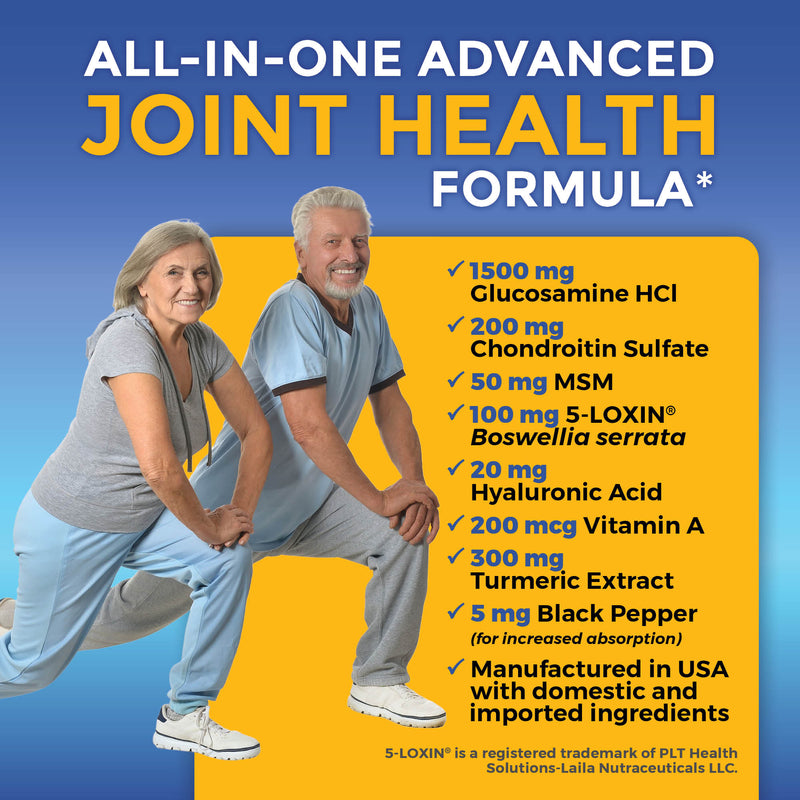Dynamic Flow: Full Body Mobility Routine
For those seeking to enhance their overall physical well-being, a full-body mobility workout offers a comprehensive solution. By focusing on flexibility, range of motion, and joint health, such routines can improve performance in various activities, reduce the risk of injuries, and promote a greater sense of vitality. Let’s delve into the key aspects of a dynamic full-body mobility routine and its benefits.
The Importance of Mobility Training
Mobility training is often overshadowed by strength and cardio exercises, yet it plays a crucial role in maintaining optimal physical function. Unlike flexibility, which primarily focuses on muscle elasticity, mobility encompasses the ability to move freely and easily through a full range of motion. This includes joints, muscles, and connective tissues working together harmoniously. Neglecting mobility can lead to stiffness, reduced athletic performance, and an increased susceptibility to injuries.
Elements of a Full Body Mobility Routine
A well-rounded full-body mobility routine typically incorporates a variety of exercises targeting different muscle groups and joints. These exercises may include dynamic stretches, joint rotations, mobility drills, and functional movements. Dynamic stretches involve controlled movements that take a joint or muscle through its full range of motion, such as leg swings or arm circles. Joint rotations help lubricate the joints and maintain their health, while mobility drills focus on specific movements that mimic those used in daily activities or sports. Functional movements, on the other hand, simulate real-life movements to improve overall coordination and mobility.
Dynamic Warm-Up
Before diving into the main workout, it’s essential to prepare the body with a dynamic warm-up. This helps increase blood flow to the muscles, elevate the heart rate, and mentally prepare for the upcoming activity. A dynamic warm-up may include exercises like high knees, butt kicks, leg swings, arm circles, and torso twists. By incorporating movements that mimic those of the workout, it helps prime the muscles and joints for optimal performance while reducing the risk of injury.
Targeted Mobility Exercises
The main portion of the full-body mobility routine consists of targeted exercises designed to improve flexibility, joint mobility, and overall movement quality. These exercises can vary depending on individual needs, fitness level, and goals. Common exercises may include hip openers, shoulder mobility drills, spinal twists, hamstring stretches, and calf stretches. Emphasis is placed on proper form, controlled movements, and gradually increasing the range of motion over time. Incorporating props such as foam rollers, resistance bands, and yoga blocks can further enhance the effectiveness of these exercises.
Core Stability Integration
A strong and stable core is essential for maintaining proper posture, balance, and movement control. Therefore, a full-body mobility routine often includes exercises that target the core muscles. These may include planks, bird dogs, Russian twists, and mountain climbers. By integrating core stability exercises into the routine, it helps improve overall body awareness, functional strength, and injury prevention.
Balance and Coordination Drills
Incorporating balance and coordination drills into a full-body mobility routine further enhances proprioception and overall movement quality. Balance exercises challenge the body’s ability to maintain equilibrium, while coordination drills improve the synchronization of movement patterns. Examples of balance exercises include single-leg stands, heel-to-toe walks, and stability ball exercises. Coordination drills may involve agility ladder drills, cone drills, or simple hand-eye coordination exercises using props like balls or hoops.
Cool Down and Recovery
As the workout nears its end, it’s essential to gradually transition the body back to a state of rest. This is achieved through a cooldown period consisting of static stretches and deep breathing exercises. Static stretches help elongate the muscles and improve flexibility, while deep breathing promotes relaxation and aids in the removal of metabolic waste products from the muscles. Additionally, incorporating self-myofascial release techniques using foam rollers or massage balls can further enhance muscle recovery and reduce post-workout soreness.
Incorporating a full-body mobility routine into your fitness regimen can yield significant benefits in terms of improved flexibility, joint health, and overall movement quality. By dedicating time to prioritize mobility training, you can enhance your performance in various physical activities, reduce the risk of injuries, and foster a greater sense of well-being. So why not take the first step towards greater mobility and vitality today? Read more about full body mobility workout




